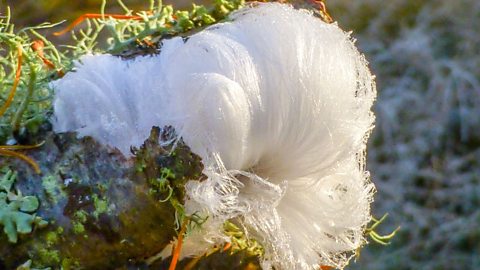You might associate migration with birds flying to sunnier plains, but there are plenty of animals that just want toтІ chill.
Most animal species move around for a number of reasons. Foraging for food, searching for water, exploring new territories and finding perfect mating grounds are all reasons why animals might migrate. And then, of course, thereтs the climate т and some animals prefer to play it cool. Here are five of them.
Arctic terns: Record-breaking flyers
Arctic terns, also known as sea swallows, hold the title of the longest migratory journey of any living thing. This tiny bird continuously flies from the Arctic to Antarctica in the winter - one end of the Earth to the other!
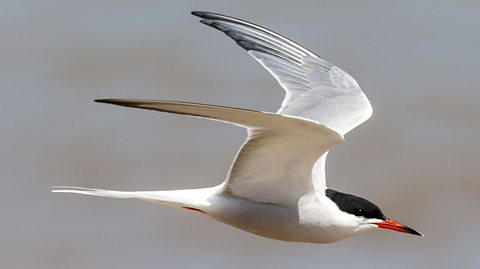
While Antarctica is always colder than the Arctic due to its large mass and dry climate, Arctic terns are actually moving between the North Pole summer (average 0ТАC) and the South Pole summer (average -28.2ТАC). Definitely not shorts weather.
You can spot native populations on the coasts of the UK around May, when they return from their chilly summer holiday.
Humpback whales: Fans of the deep freeze
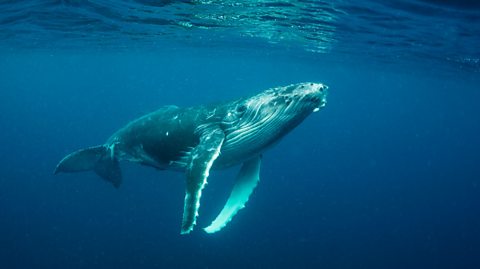
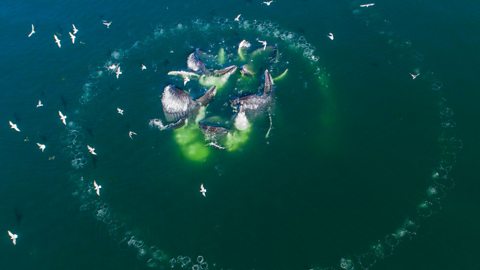
Humpback whales live in all major ocean basins, and pregnant females spend winter in tropical or subtropical waters to have their calves.
However, when summer rolls around, humpback whales swim all the way to colder waters. Depending on where they are, they might head to the Arctic in the Northern hemisphere, or to Antarctica in the south. They blow bubbles in a beautiful spiraling тnetт to scoop up krill, anchovies and other schooling fish.
Humpbacks have a protective layer of blubber around 6 inches thick (or more in the colder seasons), so they donтt mind packing on the holiday pounds to keep warm.

AdУЉlie penguins: Little wanderers
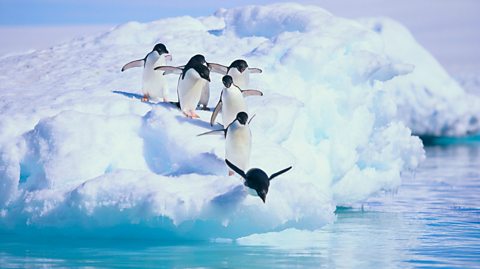
A famously plucky species of penguin, the AdУЉlie is one of two species of penguin that breeds exclusively on the Antarctic continent in some of the harshest conditions in the world. Breeding season is October to the following February and temperatures can drop to as low as -80ТАC. However, their hearts are much warmer - like many species of penguin, AdУЉlies will тproposeт to their mates by giving them a pebble. Aww!
They can live on surrounding coastal islands of Antarctica and spend their winters offshore. They walk as much as 50km across the ice packs to return to the waters, and are hardcore divers, with the deepest-diving AdУЉlie holding the record at 180m. An AdУЉlie parent might swim as far as 80km from its chick to stock up on krill.
Arctic foxes: Winter soldiers
Some animals have adapted perfectly to the cold - so when things heat up, they must migrate to whiter pastures.
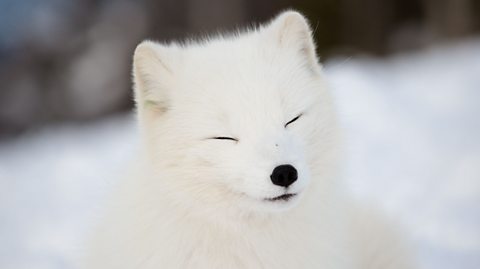
White (also known as blue) foxes are found in many places in the world, from the Canadian alpines to the Arctic tundra. Wherever they're from, they migrate from their autumn breeding grounds to the freezing coasts to look for food, returning in late winter or early spring. Sea ice and glaciers play a key role in allowing them migrate between areas.
Their thick fur and unique padded paws keeps them protected from harsh winds and thick snow, bracing them against temperatures as low as -50ТАC. They will sometimes follow polar bears and other predators across the ice to feed on their scraps.
Unfortunately, they are threatened by climate change as warmer weather is melting their sea ice habits and forcing them to find new hunting grounds. There have been mass migrations spotted in Russia and the Scandinavian peninsula, possibly due to reductions in food supply reductions in food supply as the tundra becomes more hospitable to European red foxes. The Arctic foxтs protective winter coat also makes them a target of the fur trade.
Blackbirds: Visitors from abroad
Youтll probably see your friendly neighbourhood blackbird a lot more when other birds have flown away for the winter. But did you know they might just be a tourist?
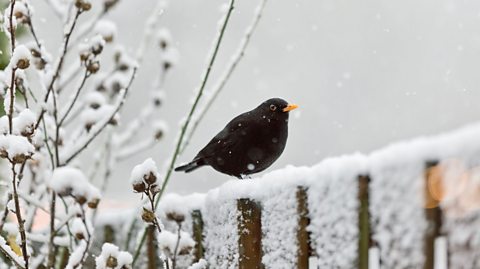
Most blackbirds are resident to the UK, but some you see in the winter months will have migrated from parts of northern Europe, such as Scandinavia. Okay, so this might technically be a warmer winter for the European blackbirds - but a British winter is still too chilly for some, as many other UK bird species fly to Africa for their winter break.
This is part of the reason why blackbirds come to the UK. From the end of the autumn months, there are an abundance of winter berries which blackbirds take advantage of, including rowan, holly and ivy berries. Berries are a very important food source for a number of insects and animals in the winter, and blackbirds might even migrate from garden to garden across the UK to find them.
It's true that there is less competition from other bird species - but you can still keep that bird feeder topped up all year round.
Changing global patterns
Migration is key to the ecology of many animals, but climate change is starting to disrupt some of their natural patterns. According to National Geographic, half of all speciesт migratory journeys are being affected.
This is because the changing climate creates a type of тglobal reshufflingт. This means that as one species moves from its natural habitat, it has a knock-on effect on another species, which then moves elsewhere to adapt, and so on.
For example, as the temperature of the ocean changes and ice begins to melt, krill larvae cannot feed on the bottom of ice floes and are declining in number. This affects many polar animals whose main food source is krill - including AdУЉlies, humpback whales and Arctic terns - as it forces them to forage elsewhere for food.
Not every animal species is being impacted negatively. As many as 19 UK bird species - including blackbirds - have had an increase in population of the last 50 years, as a climate that's milder for longer makes it easier for their chicks to survive. But for some other bird species, the opposite is true.
Could getting some fresh air help both you and the planet?
A look at how spending time outdoors can benefit both you and the planet.

Filming a nature documentary: What could possibly go wrong?
How hard can it be to film a nature documentary? These stories from Seven Worlds, One Planet tell all.
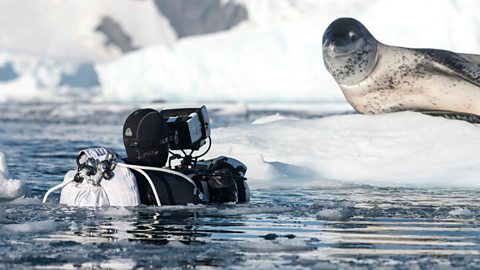
Hair ice? Ice pancakes? Diamond dust? Here's the science behind these magical ice phenomena.
